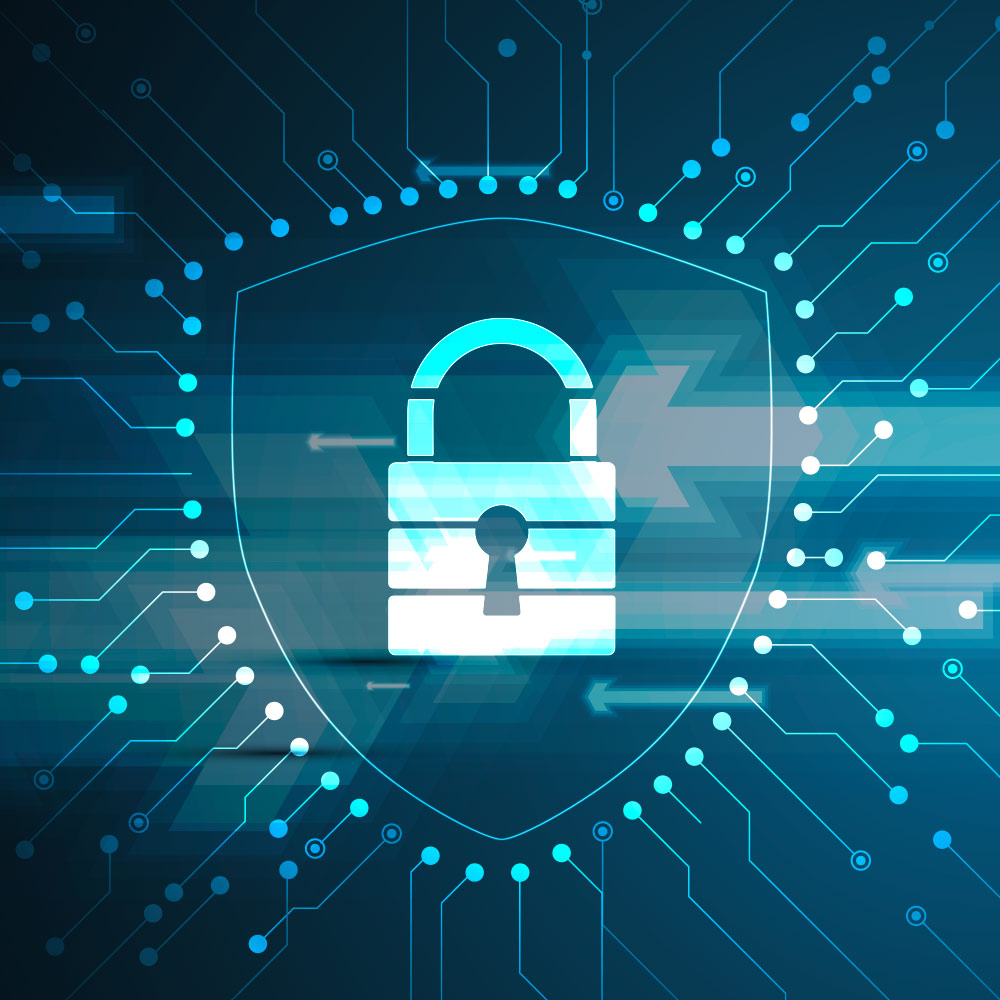DNS Protector - DEEP
DNS Protector
In the event of a cyber attack, will your company be able to defend itself?
Our DNS Protector service provides optimal Internet protection for all ConnectedOffice users.


Perfect for:
DNS Protector advantages
You enjoy a high level of protection thanks to the collaboration between DEEP, its Cybersecurity experts and Cisco, a global leader in the production of advanced internet solutions.
You are protected from access to fake websites created for the purpose of stealing personal data (passwords, bank details, etc.)
Requests to access servers that contain malware, as well as compromised websites, through any application, protocol or port, are blocked.
Domains that show suspicious behaviour and that could lead to an attack are blocked.
The solution in detail
Threats
Prevents threats at DNS level before any connection to a website
Continuously checks
Continuously checks requests to access an internet resource via a browser
Securely redirects
Securely redirects the user’s browser to a protection page
Our solution
Protection against malicious content and DNS attacks
DNS Protector is a ConnectedOffice integrated security option that protects users against malicious content and attacks by analysing DNS traffic and blocking access to dangerous pages.

High level of protection against certain threats
- Phishing: fake sites used to steal confidential personal information.
- Malware: malicious software designed to infect your devices in order to steal vital data.
- Ransomware: the latest generation of malware. Cybercriminals lock your computer and demand a ransom.

Definitions
The term “malware” (a portmanteau of malicious and software) refers to any program on a computer or mobile device that contains malicious code. Malware is installed without the users’ knowledge and generates a variety of undesirable and nasty effects.
Phishing is a pirating technique based on identity theft. It involves an email asking you to visit a banking or commercial website. The technique consists of making victims believe that they are contacting a trusted third party – bank, government, etc. – in order to extract personal information from them: password, credit card number, date of birth, etc. The link or attachment shown actually leads to a fake site.
Using the Command and Control callback, the attacker starts by infecting a computer using a phishing email, by exploiting gaps in the security of browser plugins, or via other infected software. Once communication is established, the infected device sends a signal to the attacker’s server, awaiting further instruction. It will then execute commands from the attacker’s C2 server, and may also install additional software. The attacker now has full control of the victim’s device and can execute any code they want. The malicious code usually spreads to more devices, creating a botnet – a network of infected devices.
Got a project? Questions?
Send us a message and our experts will get back to you quickly.
DEEP? Your digital ally!
With DEEP, turn your IT projects into measurable and sustainable growth drivers.
